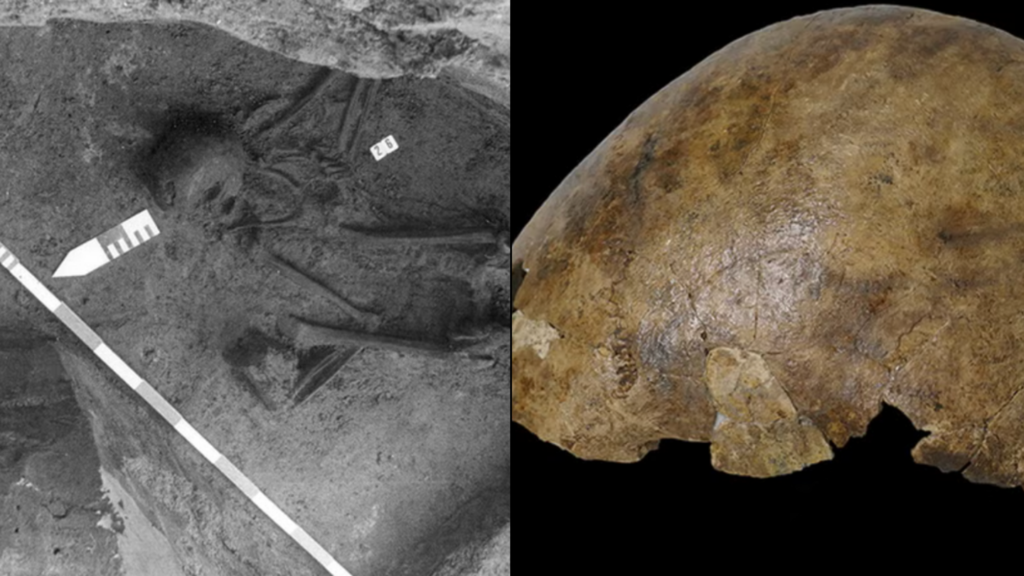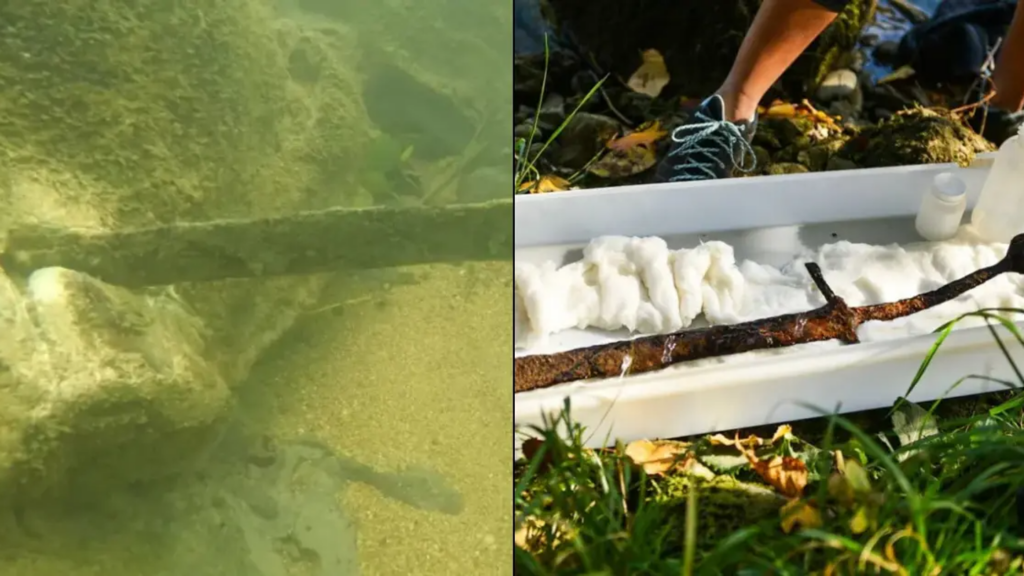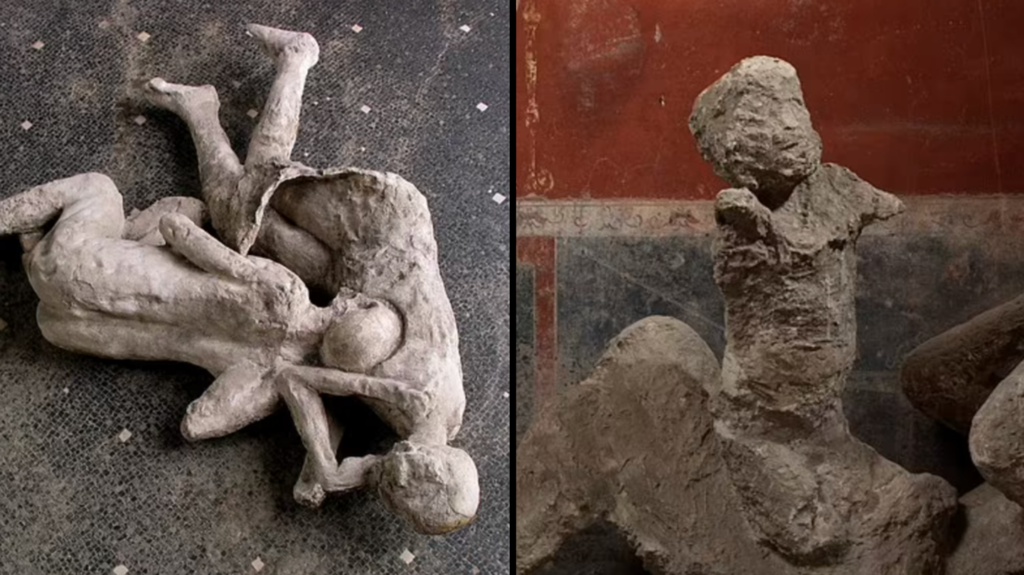Archaeologists believe they’ve finally cracked the mystery of a skeleton composed of bones from five different people who lived 2,500 years apart.
Discovering an ancient gravesite isn’t exactly unusual. Initially, it looked like the site in Pommerœul, southern Belgium, was like any other.
However, the site would soon reveal a fascinating puzzle. Radiocarbon dating showed that the skeleton contained bones from five separate individuals.
So how on earth did this happen?
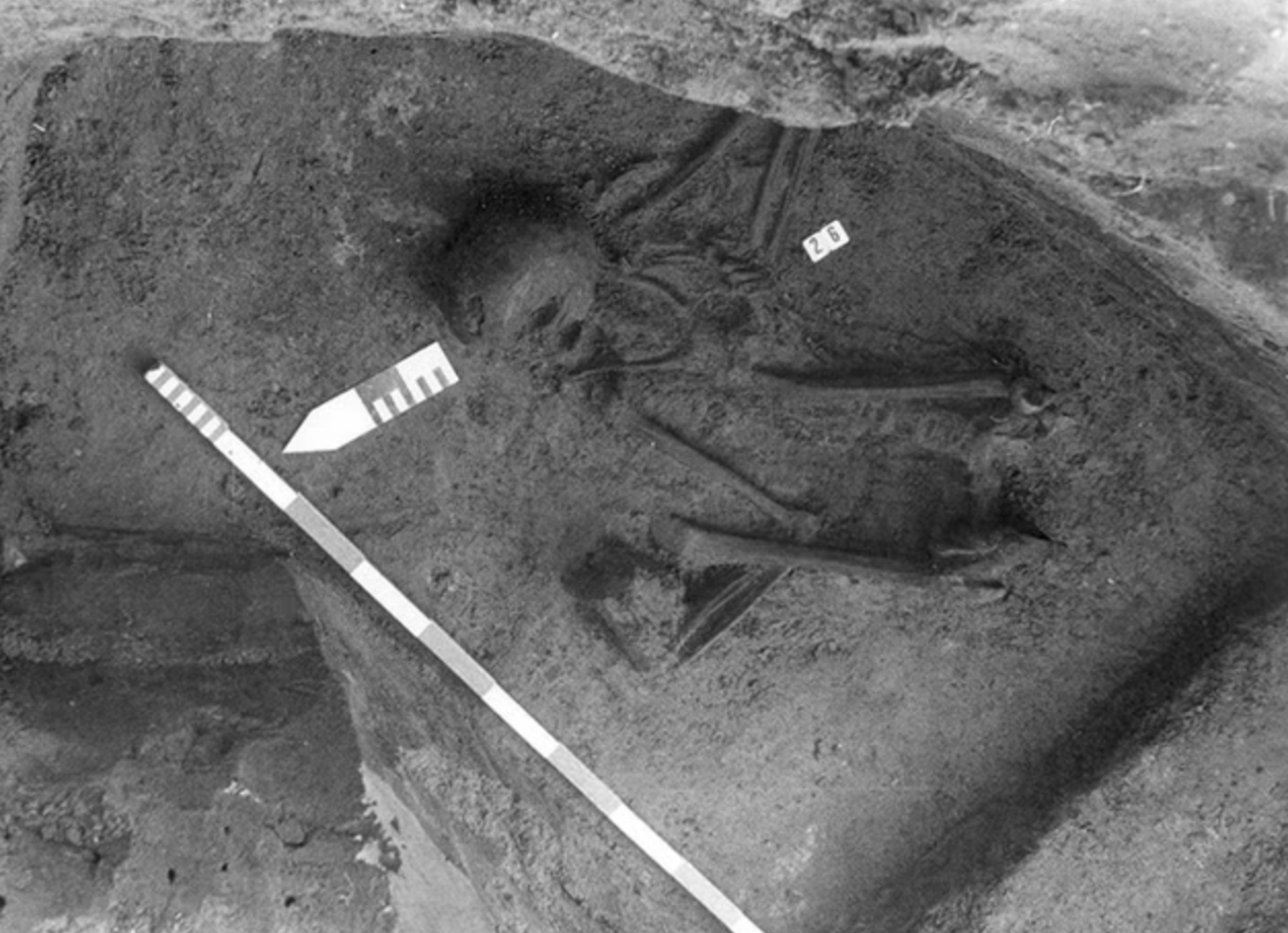
The skeleton was first discovered in the 1970s and was believed to date back to the Roman era, roughly the second or third century AD. This assumption was supported by the finding of a bone pin near the skull, a common item from that time.
But experts were intrigued by the fetal position of the skeleton, which was unusual for burials of that era.
Fast forward to 2019, when the remains were sent for radiocarbon dating. Results revealed that the skull indeed belonged to the Roman period and came from a woman who lived between A.D. 69 and 210.
The same, however, could not be said for the rest of the body.
Other bones in the grave dated all the way back to the Stone Age, suggesting the skull was added at a later date, possibly by people in the Roman era.
Explaining how researchers think the “skeleton” was created, Barbara Veselka, an archaeologist at Vrije Universiteit Brussel and lead author of the study, suggested that it’s likely the burial “was made at once” and may have been revisited over time.
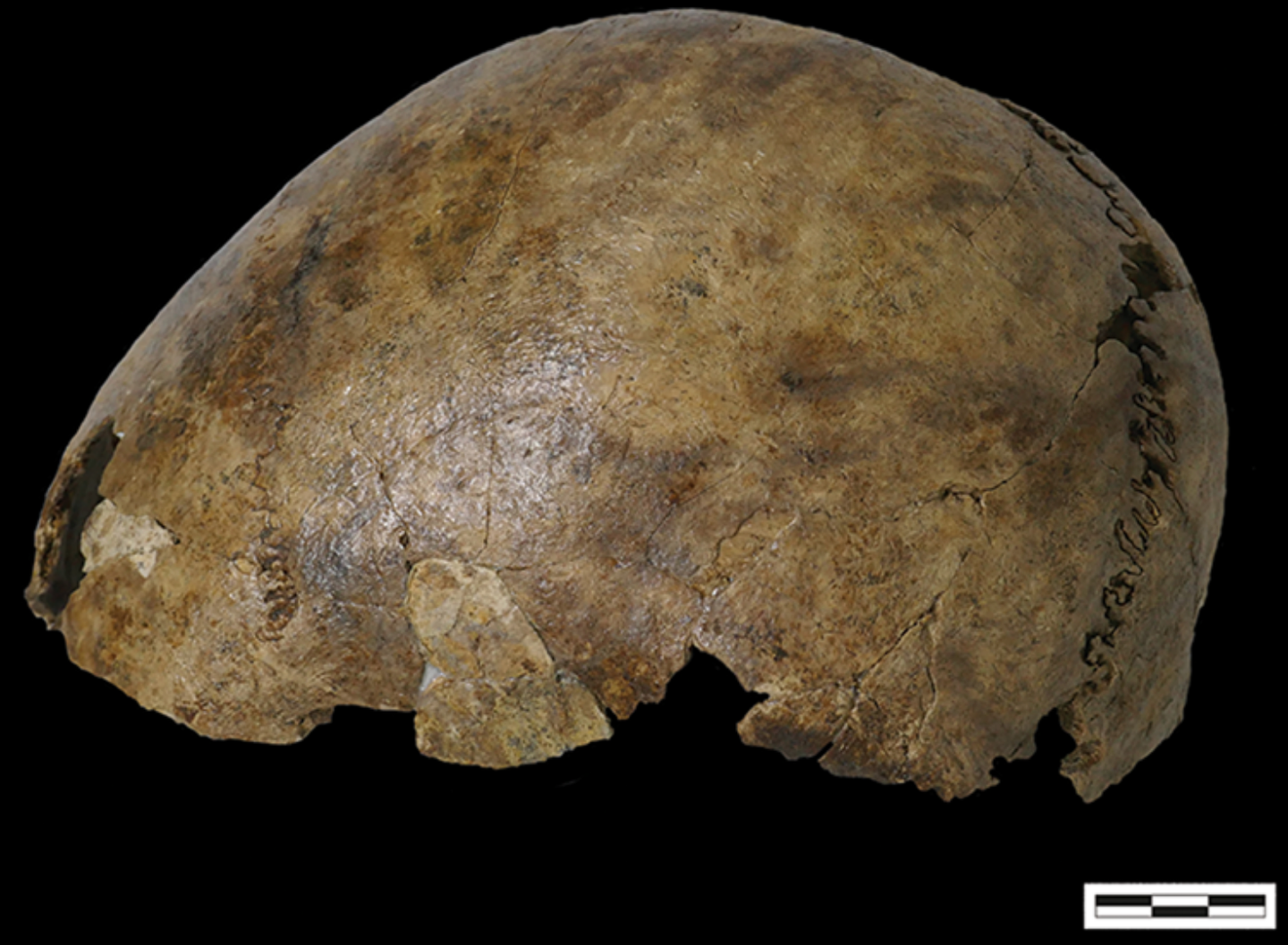
“There were other bones scattered around the ‘individual,’ suggesting that people could also have come back to the burial,” she explained to Live Science.
As for why this unusual burial might have been arranged, researchers think “superstition” could have influenced the creation of this assembled skeleton.
“Disturbance of the burial may have necessitated reparations through the completion or construction of an individual with agency in the afterlife,” the study suggests.
“A second possibility is that the entire ‘individual’ was assembled during the Gallo-Roman period, combining locally sourced Neolithic bones with a Roman-period cranium.”
It’s possible that a group of “superstitious” Romans encountered the incomplete remains and decided to add a skull from someone more recently deceased, perhaps thinking it would make the skeleton whole. While the exact motive isn’t entirely clear, the study concludes that the burial was “clearly intentional.”
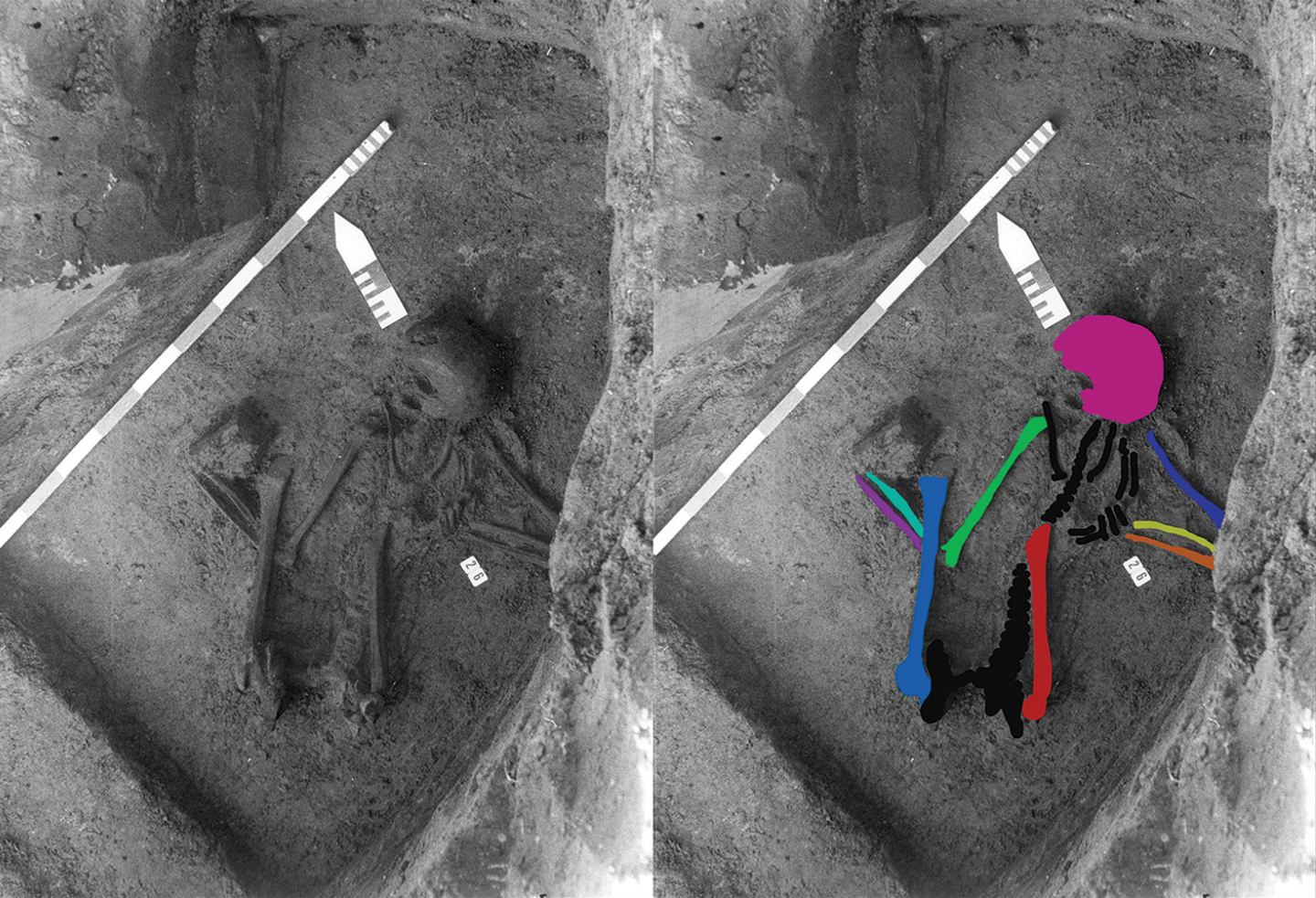
“The bones were selected, a fitting location chosen and the elements arranged carefully to mimic the correct anatomical order,” the study adds.
“The resulting burial implies great care and planning, as well as a good knowledge of human anatomy.”
